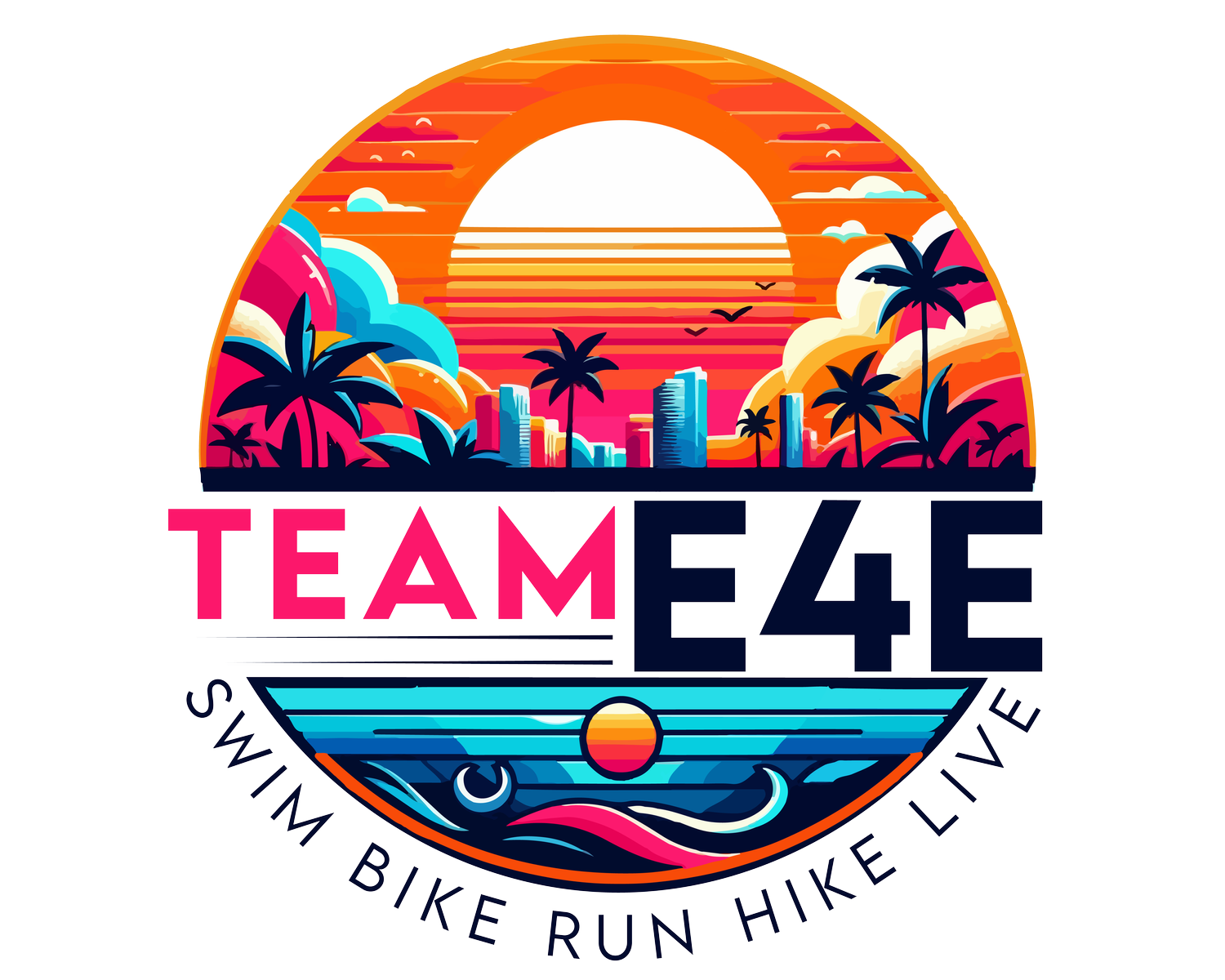Book Review of “The 4-Hour Body: An Uncommon Guide to Rapid Fat-Loss, Incredible Sex, and Becoming Superhuman” by Tim Ferriss
"The 4-Hour Body: An Uncommon Guide to Rapid Fat-Loss, Incredible Sex, and Becoming Superhuman" by Tim Ferriss is a book that delves into the world of rapid body transformation. Tim Ferriss, known for his "4-Hour" brand, including the bestseller "The 4-Hour Workweek," brings his experimental and data-driven approach to the realm of physical fitness and well-being.
Overview
The book is divided into several sections, each focusing on different aspects of the human body. Ferriss covers topics ranging from rapid weight loss to improving sexual performance, strength training, and even sleep. The central theme of the book is the concept of 'minimum effective dose' (MED), which refers to the smallest dose that will produce a desired outcome and is a principle Ferriss applies throughout.
Content and Structure
Ferriss begins by outlining his approach to weight loss, introducing the Slow-Carb Diet. This diet focuses on eliminating white carbohydrates and eating the same few meals repeatedly. He provides a detailed list of dos and don'ts, meal plans, and even cheat day strategies.
One of the most striking aspects of the book is Ferriss's use of himself as a test subject. He shares his experiences with different diets, workouts, and other body hacks, often including detailed metrics and photos. For example, he discusses his experiments with ice baths for fat loss and the effects of various supplements on his body.
In the strength training section, Ferriss explains techniques like Occam’s Protocol, aimed at gaining muscle with minimal time investment. He also explores less conventional topics like improving sexual performance, where he provides tips and anecdotes about increasing stamina and other aspects of sexual health.
The book also delves into the science of sleep, offering techniques for improving sleep quality and efficiency. Ferriss touches upon topics like polyphasic sleep and provides tips for faster and deeper sleep.
Excerpts and Examples
One notable excerpt is where Ferriss describes his Slow-Carb Diet: “Rule #1: Avoid 'white' starchy carbohydrates (or those that can be white). This means all bread, pasta, rice, potatoes, and grains...”. This simple yet effective rule is at the core of his diet plan.
Another interesting example is Ferriss’s experiment with ice therapy: “I began experimenting with ice packs...on my neck and back for 20-minute periods each evening...I lost 9.5 pounds of fat in 30 days.”
Pros and Cons
Pros:
Innovative and Experimental: Ferriss's approach is fresh and unconventional. He doesn’t shy away from experimenting with his body and shares his findings candidly.
Data-Driven: The book is filled with data, graphs, and photos that document Ferriss’s experiments, making his claims more credible.
Wide Range of Topics: From weight loss to improving sexual health, the book covers a vast array of subjects related to the human body.
Practical Advice: Ferriss provides actionable advice, meal plans, workout routines, and detailed steps for readers to follow.
Cons:
Anecdotal Evidence: Much of the book relies on Ferriss’s personal experiences, which may not be universally applicable.
Lack of Scientific Rigor: While data-driven, some of Ferriss’s experiments lack the scientific rigor that would make them more convincing.
Potentially Overwhelming: The sheer volume of information and the variety of topics covered can be overwhelming for some readers.
Controversial Methods: Some of Ferriss’s methods, like extreme diets or ice baths, might be considered extreme or unorthodox, and not suitable for everyone.
Conclusion
"The 4-Hour Body" is a fascinating read for those interested in rapid body transformation and biohacking. Tim Ferriss's experimental approach, combined with his engaging writing style, makes the book both informative and entertaining. While the book has its limitations in terms of scientific rigor and generalizability, it stands out for its innovative ideas and practical advice. It's an intriguing resource for anyone looking to explore the limits of their body and improve their physical well-being.
